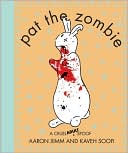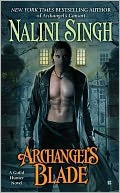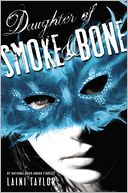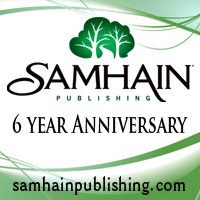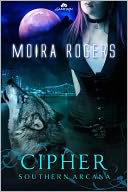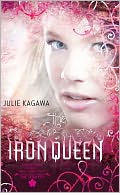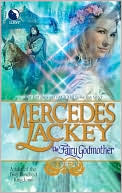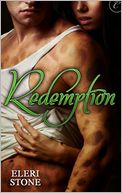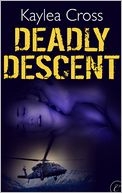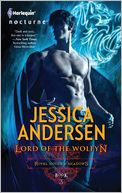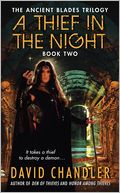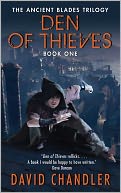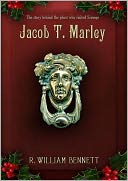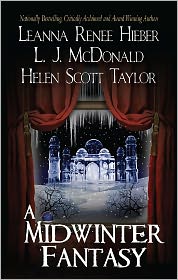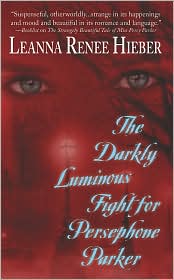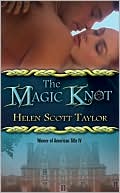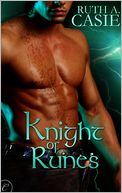 Knight of Runes by Ruth A. Casie is a time-travel romance that didn’t live up to my high hopes for it.
Knight of Runes by Ruth A. Casie is a time-travel romance that didn’t live up to my high hopes for it.
The story begins in two places, or should I say, two times. In 1605, Lord Arik is on his way back to his manor. He has recently picked up two travelers, old Doward the tinker, and Lady Rebeka. The way to the manor is blocked by some fallen trees, and he has to split his party. There’s an ambush, and he has to fight his way back to Rebeka. He watches her fight, and is amazed. She uses a staff as a weapon, along with kick and throwing her opponents in a manner he has never seen or heard of. Women don’t fight in his world, and yet this one does, not just effectively, but as if it is as easy for her as breathing, or dancing.
The story also begins in 2008 in a grand old English estate with an equally grand old lady who is desperately searching for some lost branch of her family. Or rather, her solicitor George Hughes is searching, since that’s how it’s usually done. Lady Emily is reading Doward’s chronicles of Lord Arik’s journal.
In 2011, Dr. Rebeka Tyler is notified that she is the only surviving heir to the estate of Lady Emily Parsons. The estate, Frayne Manor, is in Wiltshire, England. Rebeka Tyler, as far as she knows, is an orphan. Her mother died when she was a child, and her father just a few short years ago. Her dad never mentioned any relatives, certainly not any listed in Debrett’s Peerage. Dr. Rebeka Tyler is a university professor, an expert in Medieval and Renaissance Studies, and content to remain so. This legacy interests her primarily because it gives her access to the family’s private documents.
But when Rebeka travels to England to see her new estate, she is overwhelmed by the sense of feeling at home. It is more than deja vu, it is the feeling that she has dreamed of this place, many, many times. Even the faces in the family portraits seem familiar. She decides to escape from the sensation, and takes a tour bus to nearby Avebury, one of the famous sites of standing stones, like Stonehenge only older, slightly less immense and more accessible.
It is Beltane, one of the Druid high holidays. Rebeka steps near two of the standing stones. She hears chanting and steps closer. Something draws her between the stones, and she steps through–and into 1605.
 Escape Rating C: Stories involving time travel have a high bar to get over, because whatever mechanism the author uses to make the time travel happen runs the great risk of tripping up the reader’s willing suspension of disbelief. For this reader, any author who uses the device of using standing stones to go back in time will be automatically compared to Diana Gabaldon’s use of the same device in Outlander. I’m sure it can be topped, and will be by some author some day, but it’s a tremendously high fence to get over.
Escape Rating C: Stories involving time travel have a high bar to get over, because whatever mechanism the author uses to make the time travel happen runs the great risk of tripping up the reader’s willing suspension of disbelief. For this reader, any author who uses the device of using standing stones to go back in time will be automatically compared to Diana Gabaldon’s use of the same device in Outlander. I’m sure it can be topped, and will be by some author some day, but it’s a tremendously high fence to get over.
Also, there was a big bad in this book, but we never met him. He operates from the shadows. The avatar of his that we do meet is a crazy woman who should have been unmasked much sooner so that the real big bad could come in and we could see the real epic battle of magic that this book should have ended with. Instead, it was kind of a fizzle.
Spoiler alert: There were so many good elements in this story. Rebeka turned out to belong in 1605. Her parents brought her forward to keep her safe, then blocked her memories. There was clearly some epic conflict going on between the Druid factions that had some great dramatic possibilities. Rebeka’s 21st century ideas made her a neat character, the changes she brought with her made the conversations very funny, she had a terrific dry sense of humor.
When the author brings us back to this world, I hope we see some epic battles with the big bad evil Druid. There are definitely possibilities here waiting to be explored.

